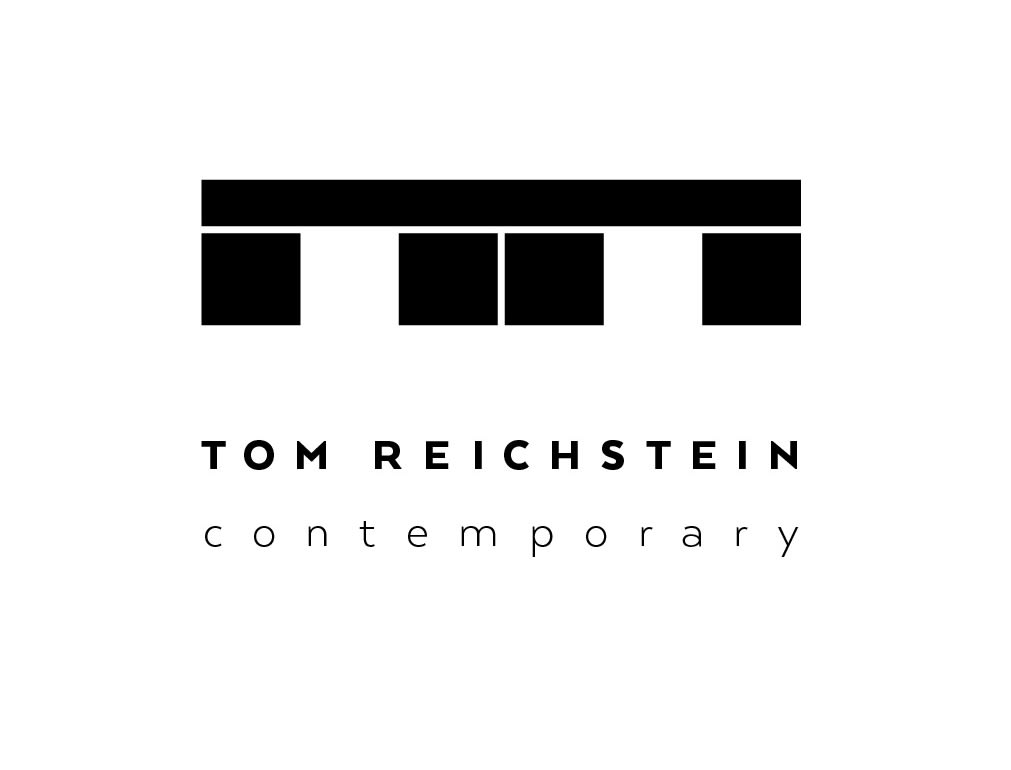TOM REICHSTEIN contemporary is delighted to announce its inaugural participation in Art Brussels 2025 (April 24–27), presenting two distinct artistic positions that each explore the intersection of the visible and the invisible in their own unique ways. We will showcase works by the Berlin-based artist Hannah Bohnen—from her series “Obsession” and “Terror Line”—alongside new paintings by Swedish artist Ylva Carlgren, renowned for her minimalist and finely layered watercolors.
Hannah Bohnen’s work transforms fleeting moments of performance into tactile forms. In “Obsession,” she captures the bow movements of a violinist performing Eugène Ysaÿe’s second solo sonata, translating these motions via tracking technology into dynamic lines engraved in lacquered wooden panels. By rendering imperceptible gestures as solid surfaces, Bohnen preserves the ephemeral instant of performance in a permanent medium. A similar fascination with translating the intangible underpins her “Terror Line” series—installations and sculptures that likewise focus on the fleeting, often invisible processes of everyday life.
In contrast, Ylva Carlgren’s practice revolves around a subtle interplay of presence and absence. Known for her precisely controlled application of pigment in countless fine layers, she creates watercolor paintings that appear nearly immaterial, yet exude a distinct visual clarity. Taking cues from her study and travels in Japan, Carlgren’s exquisitely minimalist compositions are often mistaken for photographs or prints. Her works gently fluctuate between suggestion and manifestation, engaging viewers in a contemplative experience in which form dissolves into shifting tonalities of light and dark.
Through this juxtaposition, TOM REICHSTEIN contemporary invites art enthusiasts at Art Brussels 2025 to discover a compelling dialogue on transience and perception. Where Bohnen’s pieces illustrate the hidden traces of movement in physical form, Carlgren’s paintings illuminate the liminal space between visibility and invisibility. Together, they present an immersive exploration of what it means to capture—and question—the elusive.



